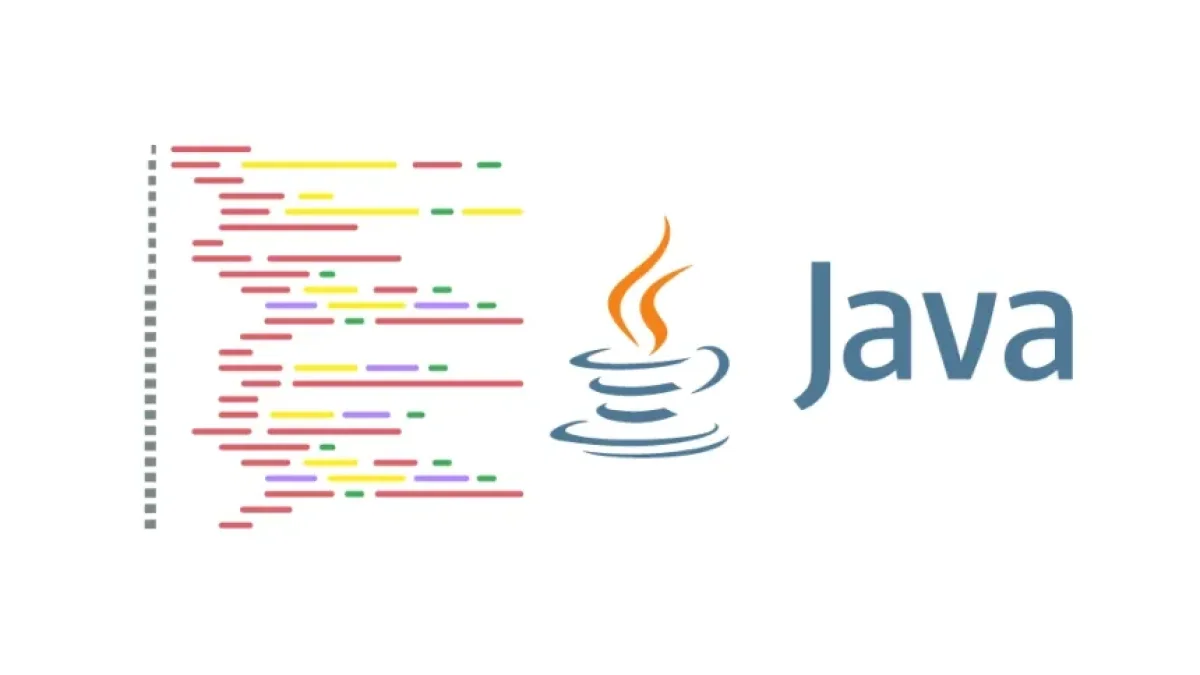What is Java and How to Get Started with This Programming Language?


Java is a general-purpose, object-oriented programming language widely used in developing enterprise applications, mobile applications, and embedded systems. Created in 1995 by Sun Microsystems, Java has evolved over the years and remains one of the most sought-after languages in the job market. In this article, we will explore what Java is, its features, and how to start programming in this powerful language.
What is Java?
Java is a high-level programming language that allows developers to create robust, scalable, and secure applications. One of its most notable features is portability: thanks to the concept of "write once, run anywhere," Java code can run on different platforms without needing to be modified, due to the Java Virtual Machine (JVM).
History of Java
Java was initially designed to be used in electronic devices such as televisions and mobile phones. However, its versatility and unique features quickly made it popular for large-scale software development. In 2010, Oracle Corporation acquired Sun Microsystems, and since then, it has continued to develop and maintain Java.
Features of Java
Java has several features that make it attractive to developers:
- Object-oriented: Java is based on the object-oriented programming paradigm, which facilitates the creation of modular and reusable applications.
- Portability: Java code can be executed on any device that has the JVM installed, making it highly versatile.
- Security: Java includes a robust security model, which helps protect applications from external threats.
- Multithreading: Java allows for the development of applications that can perform multiple tasks simultaneously due to its ability to efficiently handle execution threads.
Advantages of Using Java
Using Java offers several advantages that make it a preferred choice for many developers:
1. Large Community
Java has an active community of developers, which means it's easy to find resources, tutorials, and forums where help can be obtained.
2. Extensive Tool Ecosystem
Java has a wide variety of libraries and frameworks, such as Spring, Hibernate, and JavaFX, which facilitate the development of complex applications.
3. High Job Demand
The demand for Java programmers remains high in the job market, so learning this language can open many career doors.
How to Start Programming in Java?
Getting started with Java programming is a straightforward process. Below are the basic steps you should follow:
Step 1: Install JDK
The first step to getting started with Java is installing the Java Development Kit (JDK). This kit includes everything needed to develop and run Java applications.
- Download the JDK: Go to the Oracle website and select the version that corresponds to your operating system.
- Install the JDK: Follow the instructions from the installer to complete the installation.
Step 2: Set Up the Environment
Once you have installed the JDK, you will need to set up your development environment:
- Configure the environment variables: Depending on your operating system, you may need to add the JDK path to the environment variables.
- Choose an IDE: An IDE (Integrated Development Environment) makes code writing easier. Some of the most popular IDEs for Java are:
- IntelliJ IDEA
- Eclipse
- NetBeans
Step 3: Write Your First Program
Now that you have everything set up, it's time to write your first Java program. Open your IDE and create a new file named HelloWorld.java with the following content:
public class HelloWorld {
public static void main(String[] args) {
System.out.println("Hello, World!");
}
}Step 4: Compile and Run the Program
To compile and run your program from the command line, follow these steps:
- Compile the program:
javac HelloWorld.java
- Run the program:
java HelloWorld
If everything goes well, you should see the message "Hello, World!" in your console.
Resources for Learning Java
There are many resources available online to learn Java, including:
Learning Websites
Recommended Books
- "Effective Java" by Joshua Bloch
- "Java: A Beginner's Guide" by Herbert Schildt
- "Head First Java" by Kathy Sierra and Bert Bates
Communities and Forums
Conclusion
Java is a versatile and powerful programming language that offers many opportunities for developers. With its strong demand in the job market and an active community, learning Java is an excellent investment in your professional career. By following the steps mentioned above, you'll be on your way to becoming a competent Java programmer. Start today and discover all that you can create with this fantastic language!



















